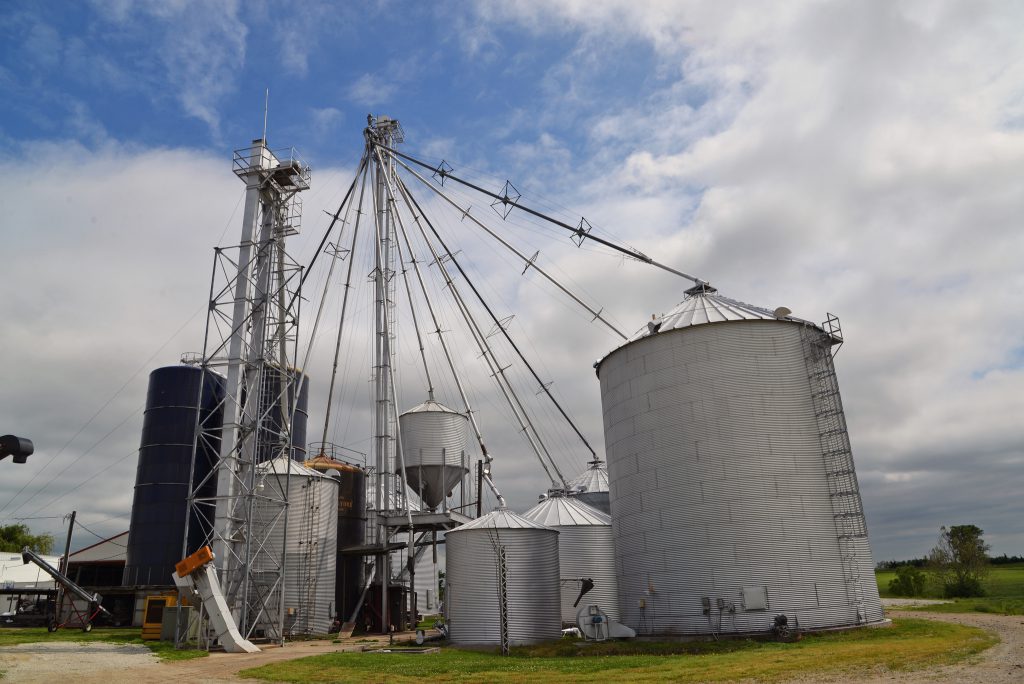About grain merchandising with Natalie Walt

This special blog post is care of our friend Natalie Walt. Natalie works for Ceres Global Ag. Corp. as a grain merchandiser, so we asked her to write about what she does.
I grew up in Prince Edward County on my family’s dairy and crop farm. I developed a strong connection with agriculture and sought out a career that would tie my passion for the industry together with my education and interest in business. My role in the grain industry as Merchandising Assistant for Ceres Global Ag. Corp. allows me to do just that. Our company focuses on two major aspects: a grain storage, handling and merchandising unit, and a commodity logistics unit.
Many different agribusinesses play a part in the movement of grain from field to marketplace. After harvest, grain must go through several processes to become a marketable good: collection, transportation, distribution, and processing of the raw material are all important steps. A grain merchandiser is essentially responsible for buying and selling grain. I buy from grain elevators and farmers throughout Ontario, and then I sell the product to processors that refine it into a finished product (like flour, animal feed, bird seed, etc.).
Merchandisers are essential to the flow of product throughout the year. As many are aware, the crop year begins with harvest in the fall, and spans until late summer of the following year. Most end users (like processors or food companies) do not have the storage capacity to buy a full years’ supply of grain at harvest. Merchandisers purchase grain at harvest, store it, and then distribute it to end users over the year. For example, a flour mill in the middle of the city cannot store the amount of grain needed for their annual production, so they source from merchandising companies to meet their supply needs.
Some of my main duties include coordination of shipping schedules to move freight on a daily basis, providing administrative support for transactions between our customers, building and maintaining relationships with suppliers and customers, and conducting business development and market research.
One of the main challenges in this industry is dealing with the constantly fluctuating price of grain. The price is impacted by many factors beyond our control, including weather patterns, domestic and international economics, political policies, and more. Therefore, it is important for a grain merchandiser to understand and manage the inherent price risk of working in the grain market. To effectively merchandise, we must continually evaluate opportunities and limitations within our marketing strategy and conduct industry research to make well-informed and profitable decisions. Every year presents a unique set of challenges. That is what I enjoy most about my job — looking forward to whatever the new year brings.
